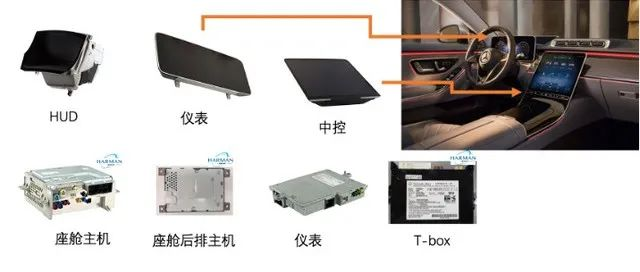Author: Zhu Yulong
As mentioned in the previous article (“Configuration of the Cabin and Some Potential New Technologies”), in the smart cabin, the visual screen and HUD are the first features that consumers touch, while the cockpit SOC chip is the backbone of the system, and software is the core of the smart cabin.
After completing the “Iterative Information and Entertainment System of Mercedes-Benz” last year, I wanted to sort out the existing disclosures of the NTG 7 series, including the analysis of several hardware versions of NTG7 carried out by many institutions. From NTG5, NTG6 to NTG7, Mercedes-Benz uses Tegra K1, Parker, and Xavier NX respectively, and possibly two core versions for NTG8.
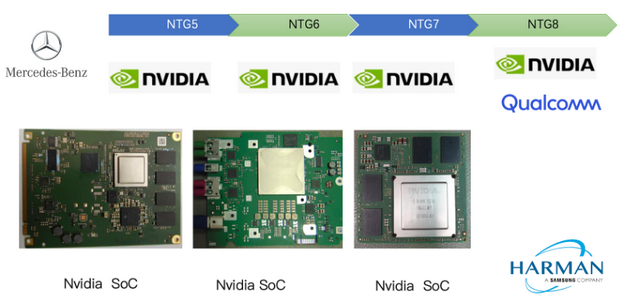
The smart cabin system of NTG7 is of great value in overall discussion of dominant design. Interestingly, what kind of cooperation relationship does Harman have with Mercedes-Benz, and the core system here is built by Harman for Mercedes-Benz. The mainframes of the smart cabin in the NTG series mainly include NTG7 MID, NTG7 HIGH, and NTG7 PREMIUM, as well as a rear entertainment NTG RSU that works together with HERMES3 to build a new system.
Because there is a lot of content, I want to split it into two articles, with the first article mainly focusing on the two mainframes of NTG 7 and the latter article mainly focusing on HERMES 2 and 3 (the accurate information about 3 has not been released, involving V2X, etc.), and why Mercedes-Benz must make this unit independent.
In fact, this cabin system also includes two LG screens, a Japanese Sankyo Seiki HUD, and two rear screens. The entire control system includes the cabin mainframe, instrument IC, cabin rear mainframe RSU, T-Box, external amplifier, and wireless charging module.
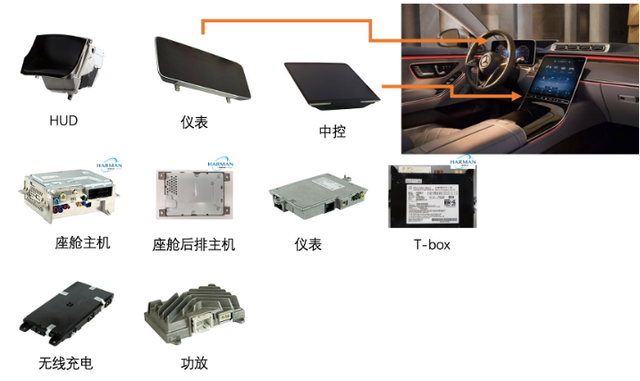
NTG7 Premium
This mainframe is also a typical air-cooled system, and the entire interface is divided into traditional communication and various interfaces for docking screens.
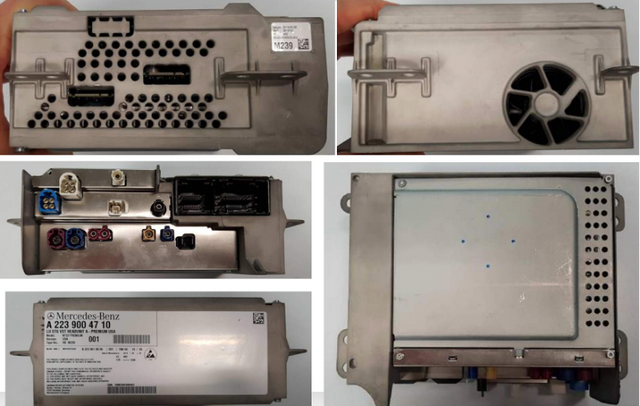 The traditional car companies have defined the functions of several boards in the cabin separately and arranged them vertically in a row. I understand that there is a big difference in value among them, and as multiple PCB layers move towards larger boards, there may be a lot of after-sales risks in terms of manufacturing, processing, and even maintenance.
The traditional car companies have defined the functions of several boards in the cabin separately and arranged them vertically in a row. I understand that there is a big difference in value among them, and as multiple PCB layers move towards larger boards, there may be a lot of after-sales risks in terms of manufacturing, processing, and even maintenance.
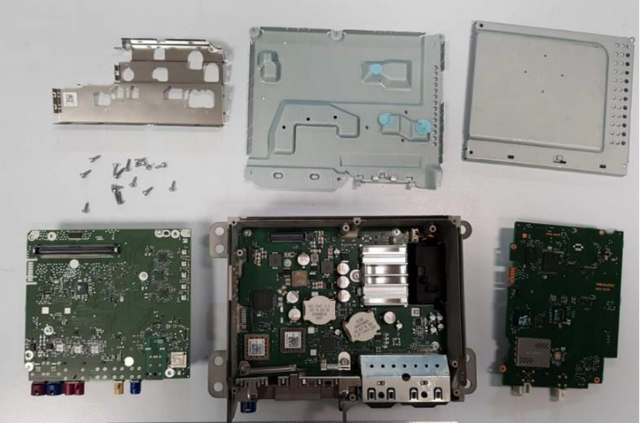
The main terminal running Linux uses NVIDIA’s SOC chip and is equipped with a huge cooling plate.
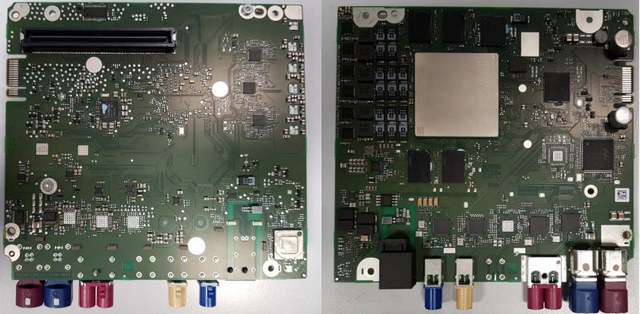
In addition to the above, the backup board running RTOS mainly implements communication functions as the co-pilot of the main control system and integrates Bluetooth and wireless functions.

The independent wireless function is implemented in the board below, which can achieve independent functions.
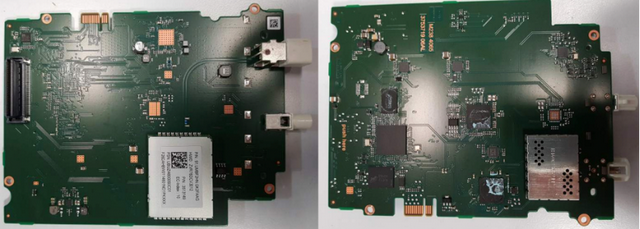
NTG 7 RSU
This unit is used in the S-Class and is a air-cooled module for rear entertainment systems. From the interface perspective, it includes Main (communication interface), video interface, high-definition, USB and Bluetooth and wireless interfaces.
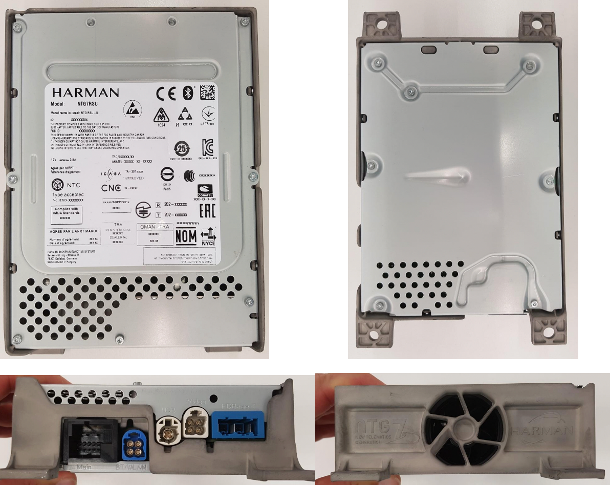
The entire module is divided into two large boards for communication and images.
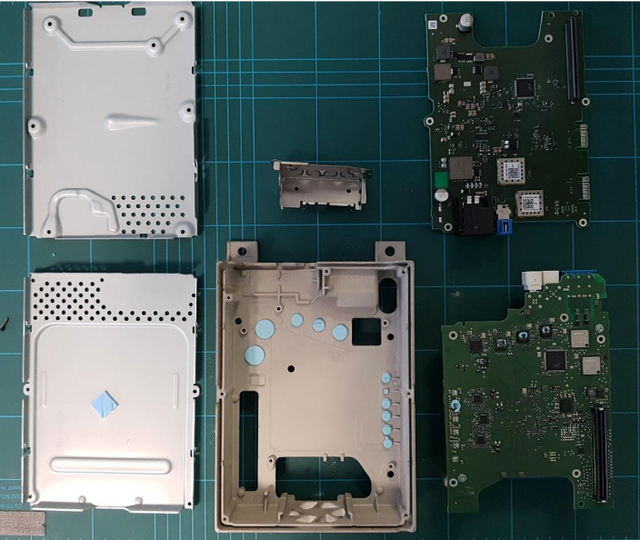
The interface of the graphics board mainly includes video, high-definition, and USB. Among them, USB mainly reads external storage media to realize input reading. The entire graphics chip mainly uses NVIDIA’s SOC chip and has been specially processed for heat dissipation, which also includes a cooling metal support plate.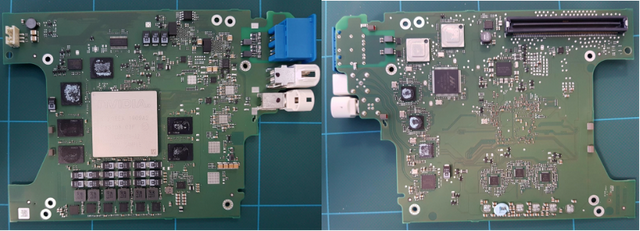
The scope of heat dissipation mainly includes the cockpit SOC chip and adjacent memory. The fan for dissipating heat is controlled by the imaging board below.
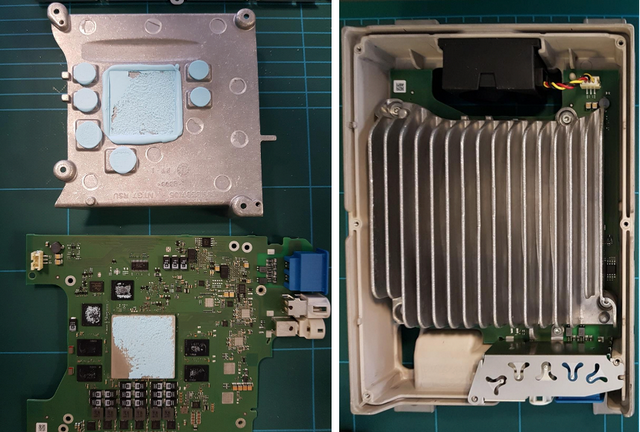
This board mainly includes two interfaces, Bluetooth + wireless and the main communication interface. Based on the previous interface diagram, the power supply is mainly connected and controlled.
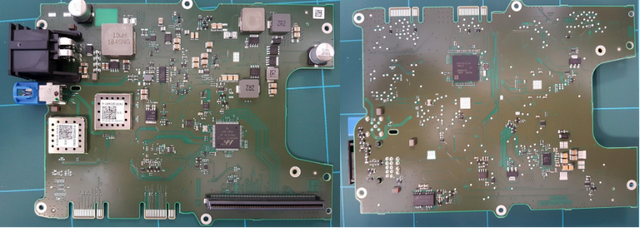
Summary: From the current situation, for brands like Mercedes-Benz, even a simple cockpit entertainment system will become extremely complex, and it is quite difficult to concentrate all functions within one domain. However, from the actual situation of each board, many areas are not utilized frequently, which may lead to redundancy and dispersion in considering the overall intelligent cockpit functionality.
This article is a translation by ChatGPT of a Chinese report from 42HOW. If you have any questions about it, please email bd@42how.com.
